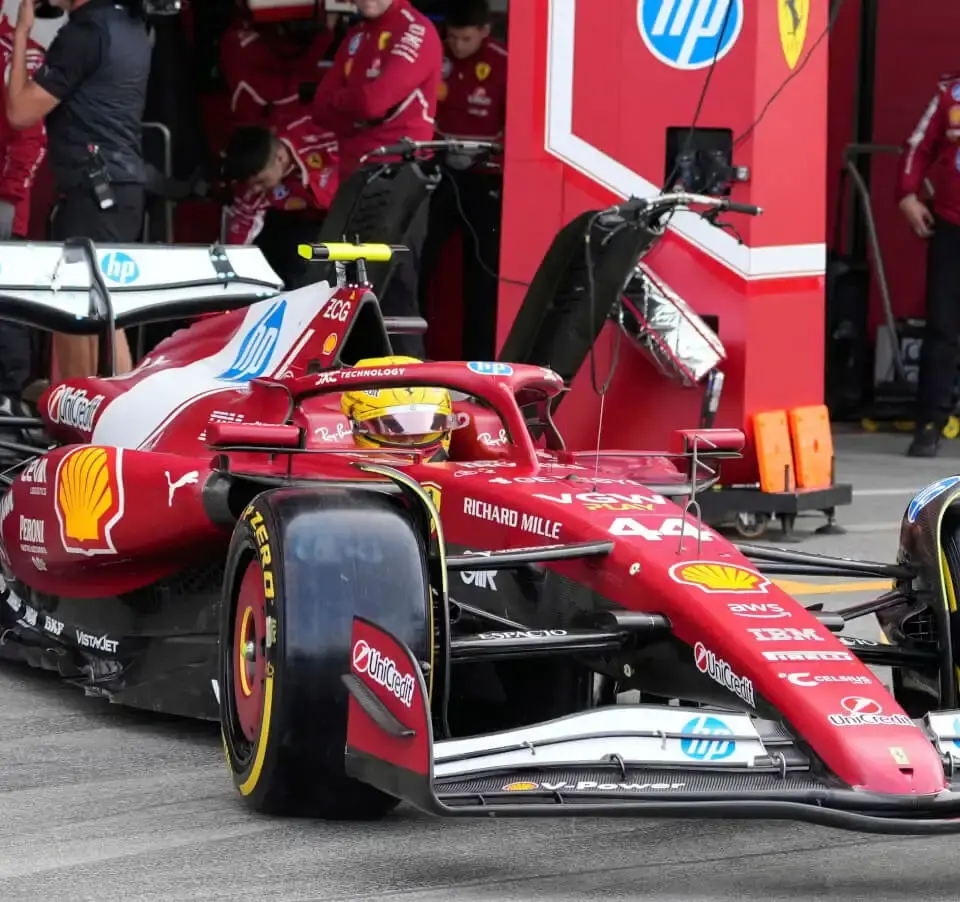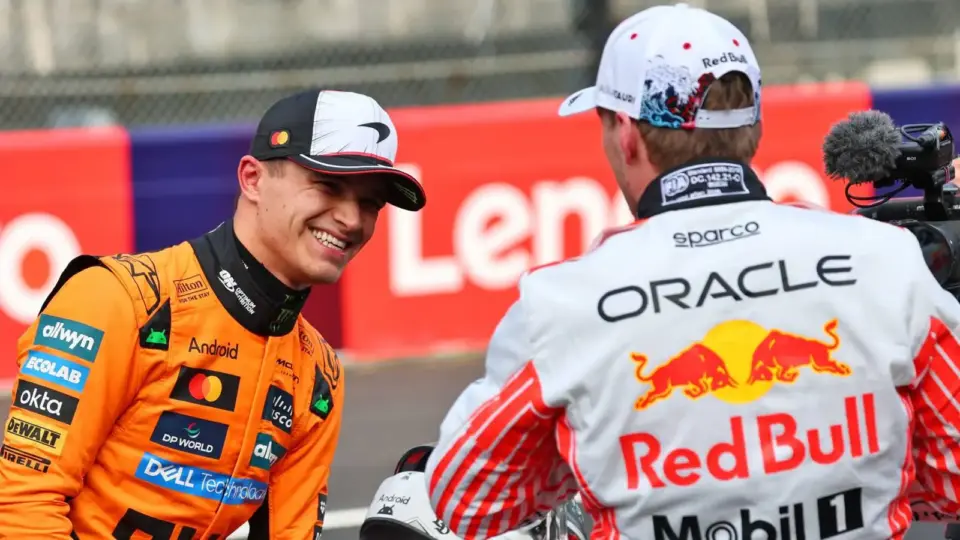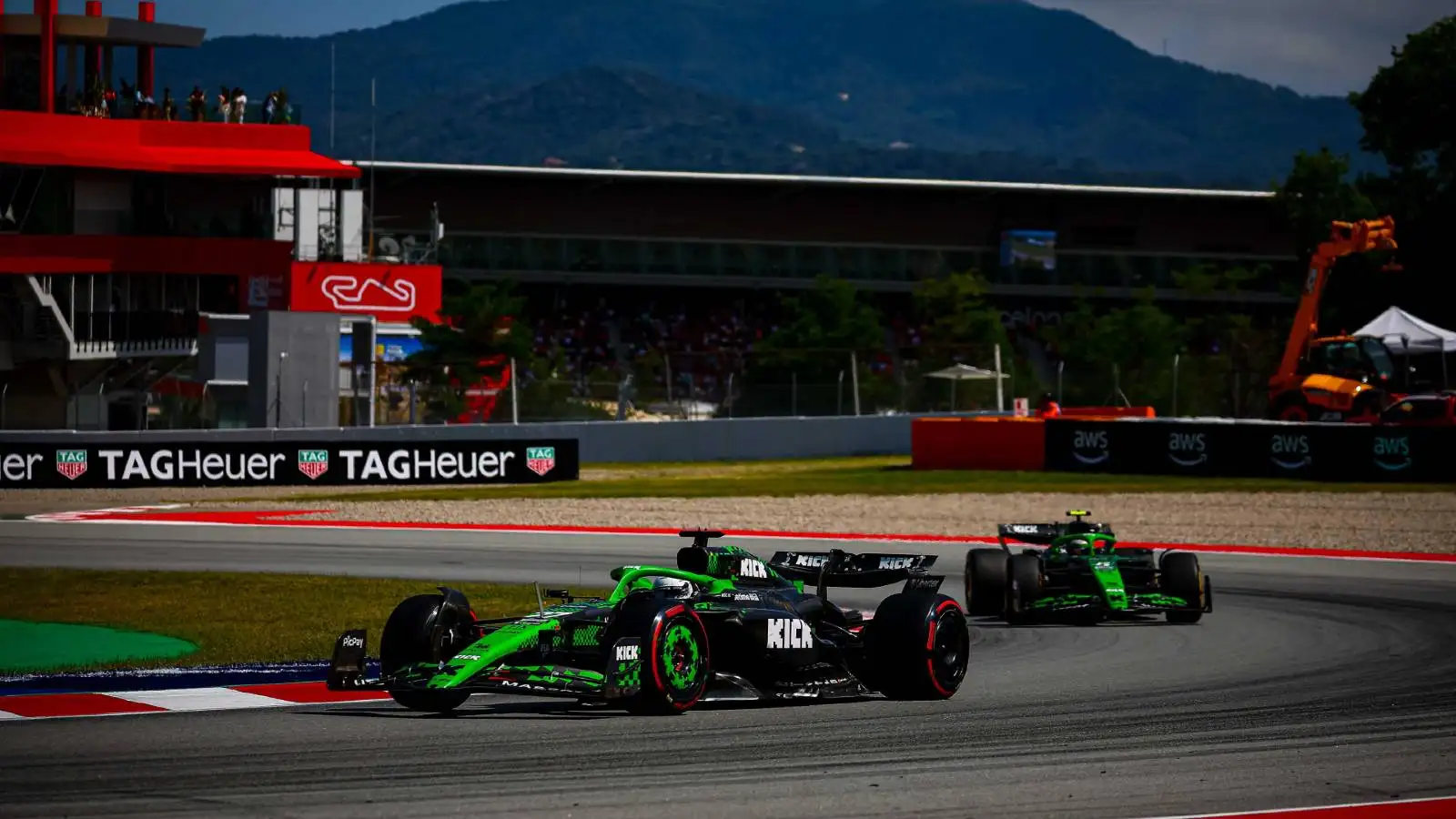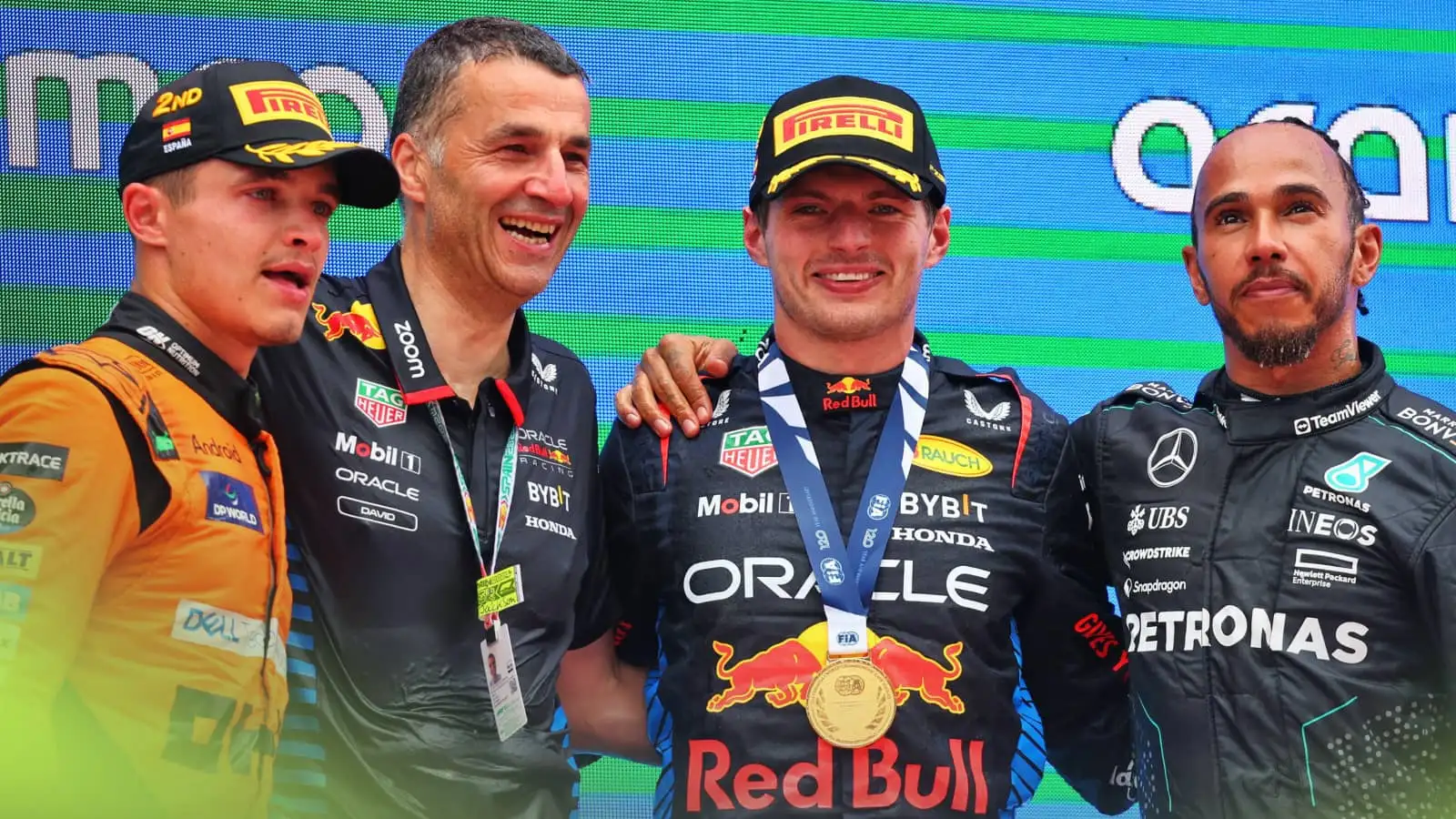Lewis Hamilton’s recent disqualification from the Chinese Grand Prix for excessive skid block wear has caused a stir, reverberating all the way to Ferrari’s garage.
Following the incident in Shanghai, Ferrari has decided to adjust their SF-25 by increasing its ride height, a move confirmed by Hamilton himself. This adjustment, however, seems to have complicated things further for the Ferrari team. As former Aston Martin strategist Bernie Collins speculates, the Ferrari may be exceptionally sensitive to ride height changes, primarily due to its ground-effect design. He notes that the car might possess what’s known as a ‘peaky’ ride height, where there’s a very limited range for optimal aerodynamic performance. This makes the car particularly tricky to manage in terms of setup, a fact that is showing in their recent race performances.
Hamilton’s performance at the Japanese Grand Prix qualifying session underlined these challenges. Although he managed to reach Q3, he ended up in eighth place, significantly behind the pole position secured by Max Verstappen. Hamilton admitted that Ferrari had to sacrifice downforce by raising the car’s ride height, a direct consequence of his disqualification in China. He elaborated to Sky F1 that this setback in Shanghai led them to opt for a higher ride height than they would prefer, not knowing if similar adjustments were made by other teams. Also, diverging setup choices between him and teammate Charles Leclerc seemed to have added to the difficulties he faced on the track.
Despite his struggles, Hamilton remained optimistic, especially with a 40% chance of moderate showers forecasted for race day at Suzuka. Known for his skills in wet conditions, Hamilton saw this as an opportunity to make a comeback. He remarked how rain often brings unpredictability to races, which could work in his favor given the less-than-ideal qualifying performance.
Adding further insights into Ferrari’s predicament, former F1 World Champion Jacques Villeneuve pointed out the complications that arise when the car’s ride height is increased. It narrows the effective operating window, making the car harder to drive as it frequently shifts in and out of the aerodynamic sweet spot. This not only makes the car challenging to handle but also diminishes the drivers’ ability to maximize its performance in crucial moments. Villeneuve acknowledged that while Leclerc managed to set a competitive lap, Hamilton’s deviations in setup and minor errors meant he couldn’t exploit the car’s potential to its fullest.
As the season progresses, it is evident that adjustments made by Ferrari in response to Hamilton’s disqualification have introduced a host of new challenges. Hamilton and Ferrari’s pursuit to find the sweet spot with their current car setup continues to be a story of trial and adjustment, with weather conditions potentially playing a decisive role in their upcoming races.










